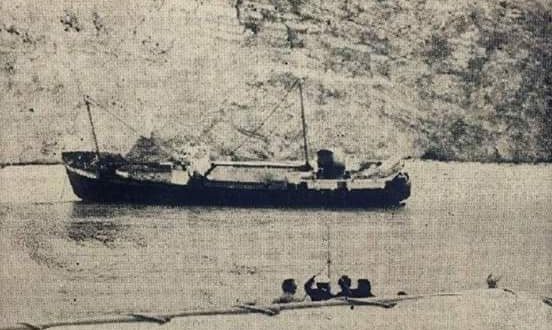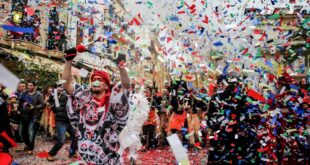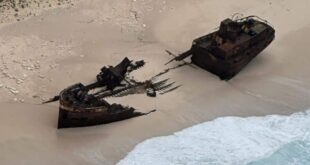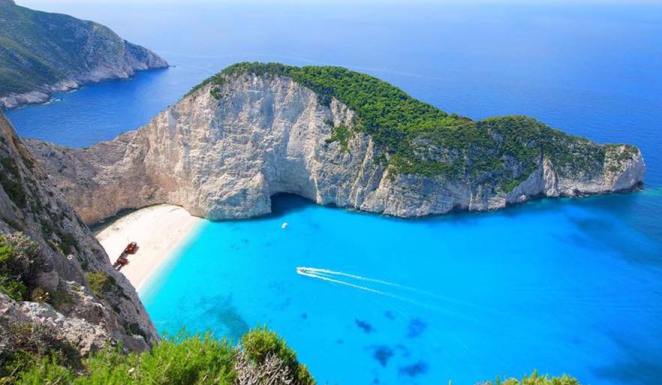
There’s one image that symbolises the island of Zakynthos internationally. It’s been used in thousands of newspaper and magazine articles, appeared on TV adverts and photographed by people from all over the world. No one quite knows what makes it so iconic, but the fact remains, that for many visitors to the island it’s a must see part of their trip. The cove known as Navagio, was originally known as Agios Georgios and there hasn’t always been a shipwreck on the beach. The rusting ship hulk is actually a relatively recent addition, and one that came about purely by accident. Now, however, it’s the islands main tourist attraction, and it’s incredibly popular. There are currently two ways of viewing the shipwreck – by driving to the north of the island and looking down upon it from the specially created viewpoint or by taking a boat trip out to the beach and exploring the ship close up.
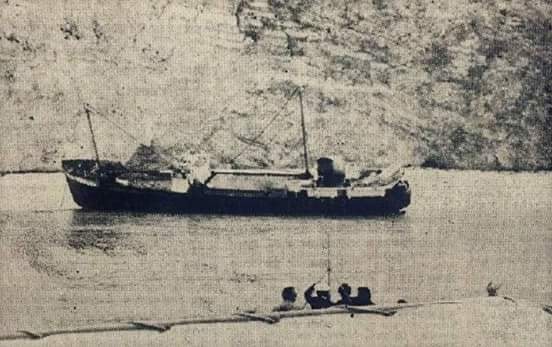
The History of the MV Panagiotis
The ship originally named St Bedan, was a Coaster General Cargo ship built in the Scott & Sons Bowling Yard in Glasgow for J & A Gardner. It officially launched on Thursday 14th January 1937. A few years after her launch – between 26 May and 4 June 1940 – St Bedan was heroically used during the famous Dunkirk Evacuations, where she rescued Allied soldiers from the beaches and port harbour of Dunkirk during world war two. No one knows exactly how many trips the ship made, or how many troops she rescued, but the fact that she was such a huge part of history goes towards making her history even more special.
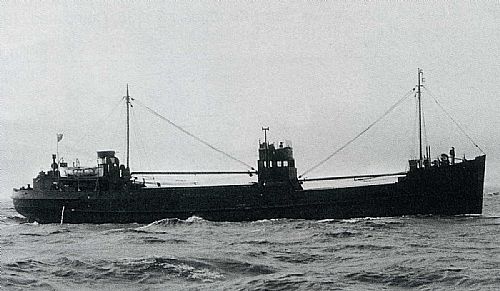

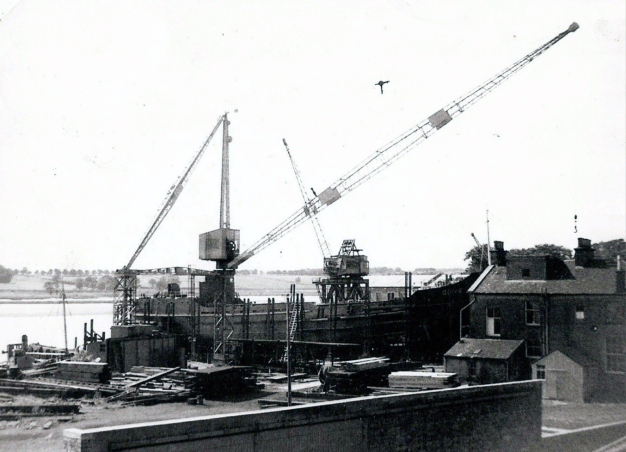
In 1964 the ship left the UK after being bought by Gigilinis & S. Kakassinas, in Thessaloniki, Greece, they changed the ship’s name from St Bedan to Meropi, but the name didn’t last long and a year later is was changed to Charis. In 1972 the ship changed hands again, this time being owned by Marina Koutrouba & Co., Thessaloniki, Greece. Shortly after, in 1974, the ship was sold again to N.S.Kalfas, Thessaloniki, Greece, and the the ship’s name changed once more, this time to Nicos. In 1977 the ship was sold again to G. Trivelas & Co. T. Katsaron, Thessaloniki, Greece, who again changed the name, to MV Panagiotis – the last name change. In early 1980, the ship changed hands for the last time to owners P.Lisikatos & Co., Piraeus (Soulanis & others), Greece. It wasn’t long after, on 01 October 1980, that the MV Panagiotis met her final fate of being wrecked on the island of Zakynthos. Throughout its service the ship acted mainly as a Coastal Trading Vessel (also known as Coasters). These ships were used for movement of trade between multiple locations. They were built with shallow hulls that allowed them to pass through areas that other ships couldn’t. Rumours are however, that MV Panagiotis spent her latter years as a smuggling ship running contraband.
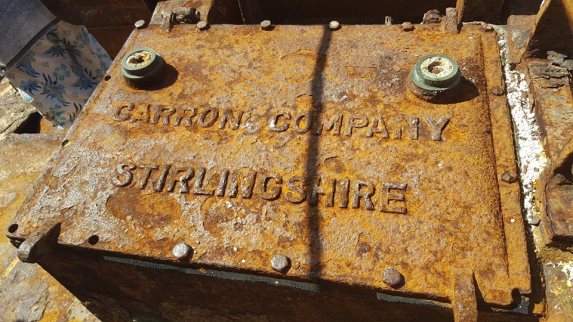
Running aground on Zakynthos
It’s widely reported that on the 01 October 1980 the MV Panagiotis was on her way to Turkey with a freight of contraband cigarettes. During its route it was spotted by the Greek Navy and swiftly pursued in the direction of the Ionian islands, as the MV Panagiotis tried to outrun the Navy, they encountered bad weather brought on by storms. The MV Panagiotis was swept towards Zakynthos and ran aground on the beach it now sits upon. The crew abandoned ship to evade the Greek Navy, but no one knows what happened to them. It is said however, that Zakynthian locals raided the cargo that MV Panagiotis’ was carrying which was reported to contain cigarettes and whiskey, and that subsequently no ‘official’ tobacco product was sold on the island for four years following the wrecking.

Some locals do have different stories about what happened during the wrecking of MV Panagiotis that day, and some even believe that the MV Panagiotis was deliberately placed in the cove by the Ministry of Tourism as a way of bringing tourists to the island. It is a belief that is heavily supported in some areas as the image of the ship in the cove appears on thousands of websites, literature and other tourist related products as the ‘iconic’ image of Zakynthos. This latter supposition is heavily denied by others though, and the wrecking of the ship after being chased by the Navy due to smuggling remains the most constant story. In recent years however, the last Captain of the MV Panagiotis – Captain Charalambos Kompothekras – Kotsoros, who was onboard the MV Panagiotis when it ran aground, has released his own version of events supported by heavily redacted court paperwork, to try and explain what really happened, which was simple: The MV Panagiotis was on a legal trade run, the storm they sailed through was a bad one, the ship unfortunately ran aground after a fire broke out and it had to be abandoned on Navagio beach by all crew on board.

The captain says that he sailed the MV Panagiotis from the Argostoli in Kefalonia on 06 September 1980 to Durrës in Albania. A month later the ship was made ready for departure for a return journey. On the return journey the Captain stated that the ship was met with bad weather and suffered mechanical failure forcing it onto Agios Georgios beach (Navagio beach). Agios Georgios beach was the original name for Navagio beach, named after the monastery above. The Captain notes in his account that he reported the accident to the authorities, but due to the inaccessibility of the beach, the Captain and her crew were unable to protect the ship and its cargo from the weather, sea and thieves. The Captain said that because he and his crew were unable to protect MV Panagiotis part of its cargo was stolen, as well as important shipping equipment such as the VHF radio, and radar equipment. The Captain reported the thefts to the authorities, he said that the General Prosecutor helped him to access the site with the police to check the boat and record damages and thefts.
The Captain states that the police located stolen items from MV Panagiotis in local Zakynthan villages close to the site, twenty-nine residents were arrested and some jailed after a case went to trial and their guilt was confirmed.
The Captain says that he was accused of many things, but that the court case at the time cleared him of all accusations, but he was later told by authorities that he must remove MV Panagiotis from Agios Georgios beach himself, but when he went there to undertake the task he was taken in by the beauty of the beach and how the boat looked on that he chose to leave MV Panagiotis where it was.
What actually happened to the MV Panagiotis that day in 1980 will never fully be understood, as there are so many rumours, and the court papers from the time are heavily redacted. Many people have their own theories and it’s impossible for the true story to ever really be known. Regardless, the MV Panagiotis has left the island a great legacy, one that has turned Navagio beach into the biggest tourist attraction on the island, and one that many people worldwide want to visit time and time again.
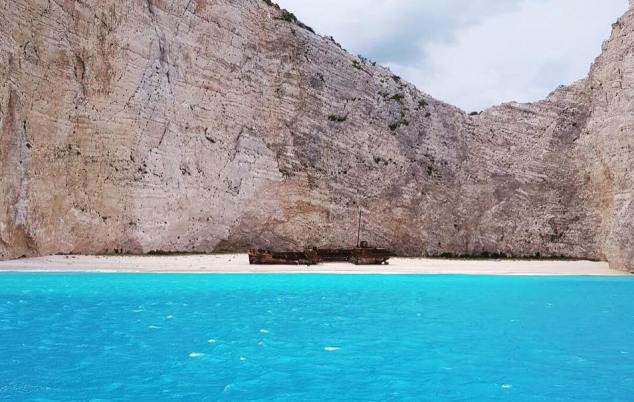
Nowadays the ship lies abandoned, surrounded by high cliffs, left to the continuing mercy of winter storms. The great brown rusting hulk is a mere shadow of its former self, slowly being lost to the elements. In the summer it becomes a play ground for tourists, as boats land at the cove for passengers to walk around it, graffiti it or have a memorable photo taken with it. People have Base Jumped over it, walked a tightrope over it, and most recently Romain Febvre filmed a motocross video on the beach around it, and it has even become the iconic setting for part of a South Korean TV series called Descendants of the Sun.
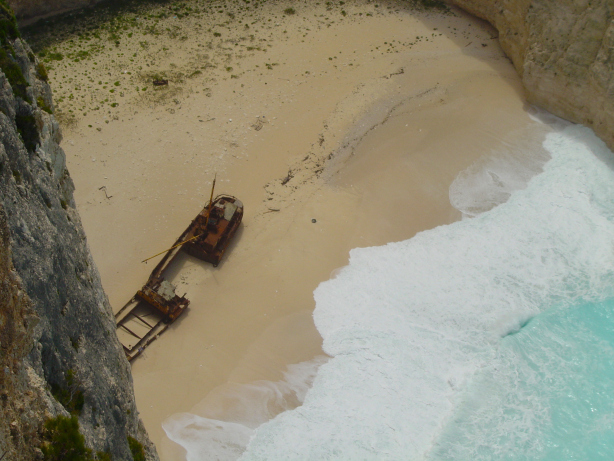
How long the rusting hulk remains on the beach is anyone’s guess. There has been talk of restoring it and possibly even replacing it with another ship at some point, but as with many stories in Greece no one can ever quite tell how much substance there is to a rumour. For now though, the shipwreck continues to draw tourists to the island and will continue to do so for a long time to come, for despite the fact that it’s an old cargo ship that ran aground, it’s a fantastic site to see, and one with an intriguing and historically interesting past.
Author note: St. Bedan (MV Panagiotis) was one of two ships built at the Scott and Sons Bowling Yard shipyard and given the name St.Bedan. The other St. Bedan was unfortunately sunk using explosives in 1982; the crew thankfully escaped and were towed back to land.
 Zakynthos Informer Zakynthos Informer
Zakynthos Informer Zakynthos Informer

